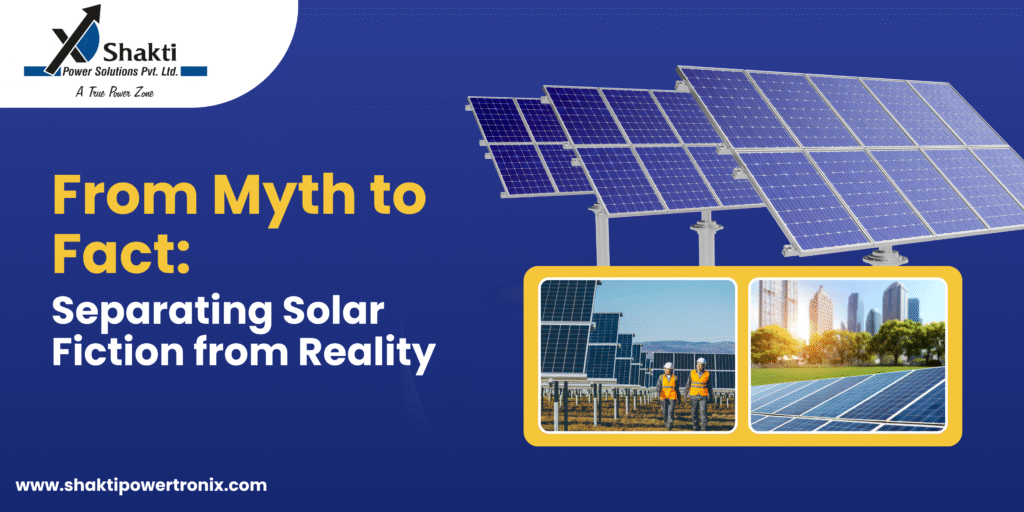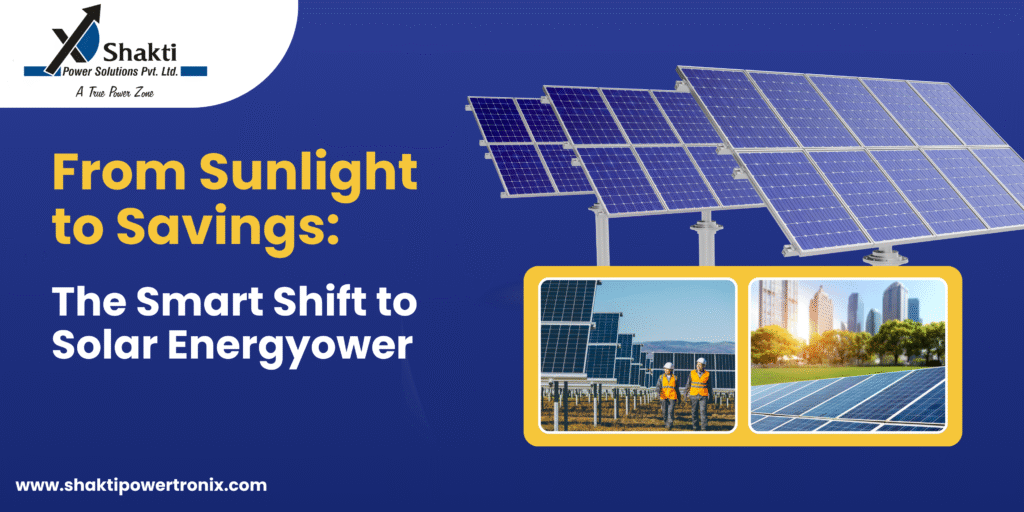Have you ever wondered how a simple sheet of glass on your roof can power your entire home? Solar panels might look like science fiction, but their magic is grounded in real, fascinating science.It’s not just glass and silicon—it’s a silent engine reshaping how the world is powered.
What is Solar Energy?
Solar energy is the radiant light and heat emitted by the sun, harnessed using modern technologies to generate electricity, heat water, or fuel sustainable systems.
It’s a clean, renewable, and abundant source of energy that reaches the Earth every day—free of cost and full of potential. By capturing just a fraction of this energy, we can power homes, cities, and even entire countries—without burning a single fossil fuel.
What is a Solar Panel?
A solar panel, also known as a photovoltaic (PV) module, is a device designed to convert sunlight into electricity. It consists of multiple photovoltaic cells, typically made from silicon, that generate electrical current when exposed to light.
These cells are arranged within a panel, and several panels can be connected to form a solar array, allowing for greater energy output. Such arrays are used in a wide range of applications, from residential rooftops to large-scale solar power plants.
A solar cell is a single semiconductor device that converts sunlight directly into electricity through the photovoltaic effect.
In contrast, a solar panel is a structured assembly of multiple solar cells connected together to collectively generate a higher and more practical electrical output for residential, commercial, or industrial use.
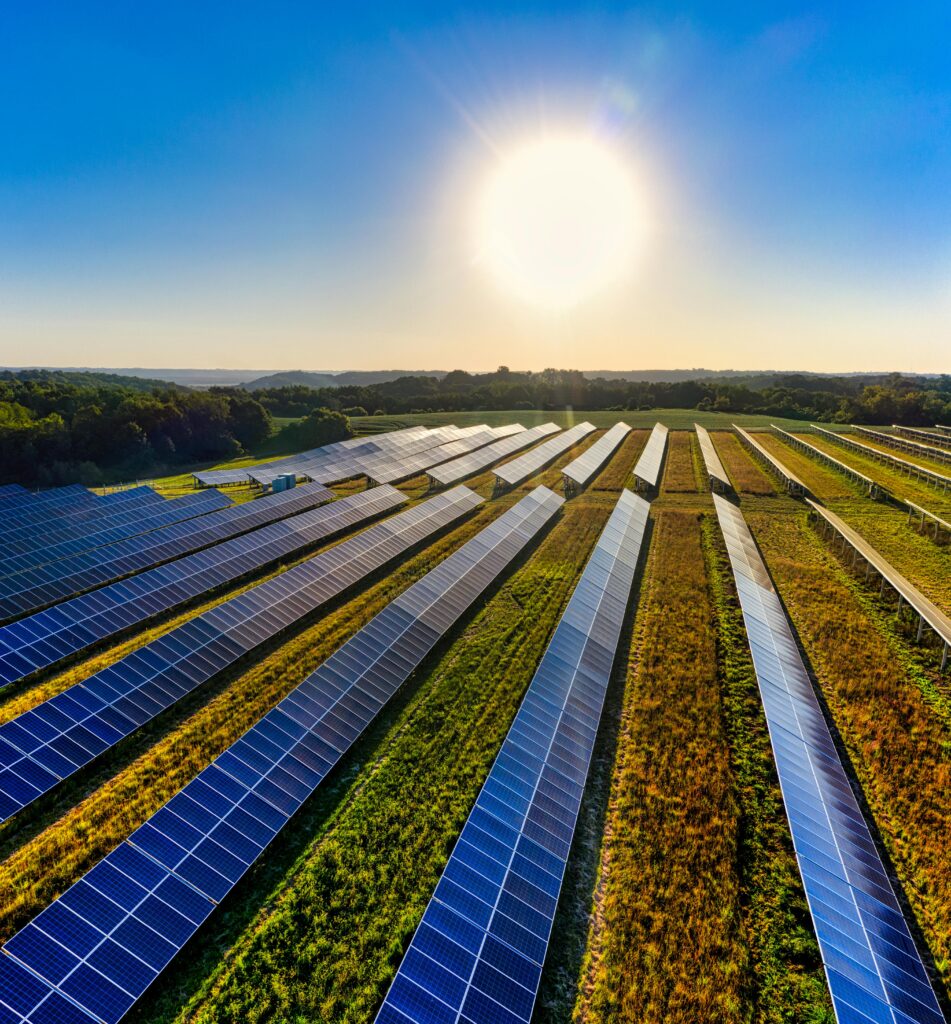
The Key Players in Solar Energy Conversion
Meet the components that capture and convert sunlight for your home.
- The solar cells are like tiny workers inside the panel. They catch sunlight and turn it into power.
- The glass cover is like a window that keeps the workers safe from rain and dust but lets sunlight in.
- The encapsulants are like bubble wrap that protect the cells and wires from getting damaged.
- The backsheet is like the panel’s strong jacket, keeping everything inside safe and dry.
- The aluminum frame is the panel’s sturdy frame, like the frame of a picture, holding everything tight.
- The junction box is like the panel’s control center, where all the wires connect and send electricity out.
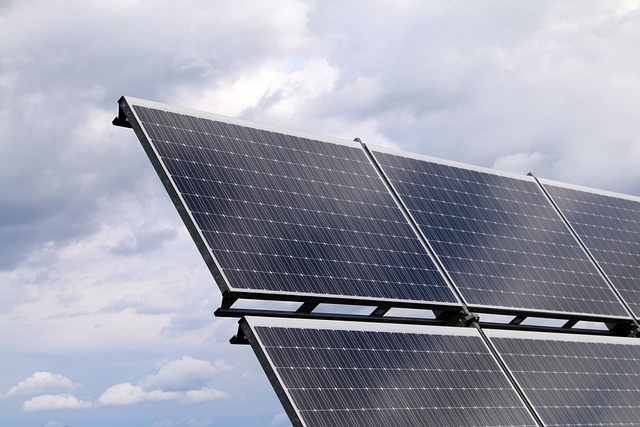
How Do Solar Panels Work?
Ever wondered how sunlight becomes the energy that lights up your home? The secret lies in the remarkable science of solar panels.
Solar panels are the heart of a solar photovoltaic (PV) system, an innovative technology that transforms sunlight into clean, reliable electricity.
Exploring how this system works unveils the fascinating blend of science and engineering powering today’s sustainable energy solutions.
Sunlight Activation: When sunlight strikes the solar panels, the energy carried by the sun’s photons excites electrons in the silicon-based photovoltaic cells within the panels.
This phenomenon, called the photovoltaic effect, releases electrons and creates an electric current that begins to flow through the material.
Electricity Generation: This flow of electrons produces direct current (DC) electricity—the raw electrical power generated continuously while sunlight is present.
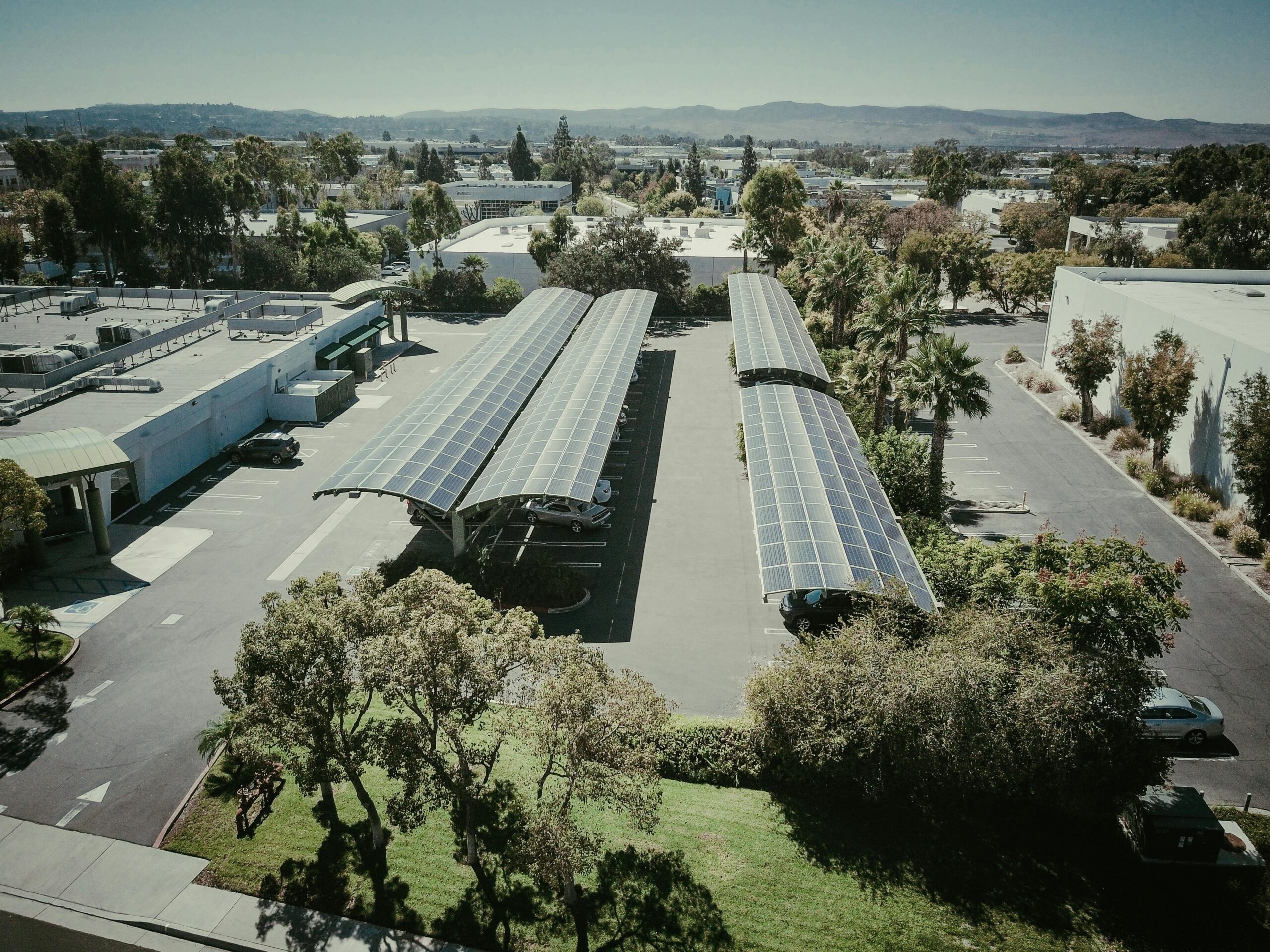
This makes solar panels a dependable energy source throughout daylight hours.
- Conversion to Usable Power: Since homes and businesses run on alternating current (AC) electricity, the DC power from the solar panels passes through a crucial device called an inverter.
The inverter converts DC into AC electricity, ensuring seamless compatibility with household appliances and the electrical grid. - Power Distribution: Once converted, the AC electricity powers everything in your home or business—from lights and electronics to heating and cooling systems.
A well-designed solar PV system can significantly reduce or even eliminate your electricity bills by offsetting the energy you’d otherwise draw from the grid. - Energy Storage and Grid Interaction: Many modern solar PV systems include battery storage, which saves excess electricity generated during sunny periods for use when the sun isn’t shining.
Alternatively, surplus power can be sent back to the grid through net metering, allowing you to earn credits or compensation for your contribution to the energy supply.
Example : Just like a sandwich, every layer has its role—from the bread (glass and back sheet) to the filling (PV cells), everything is packed for performance.
Top 8 Benefits of Solar Energy
Using the power of the sun through solar panels and solar PV systems brings many advantages, making it one of the smartest energy choices for a greener future. Here are the main reasons why more people and businesses are switching to solar energy every day:
1. Clean and Environmentally Friendly
Unlike traditional energy sources that can pollute the air and water, solar energy is completely clean. Solar panels produce electricity without any harmful emissions, helping to protect the environment and lower your carbon footprint.
2. Reduces Dependence on Fossil Fuels
When you use a solar PV system, you rely less on fossil fuels and other non-renewable energy sources. This reduces the strain on conventional power grids and supports a healthier, more sustainable energy mix.
3. Low Maintenance
Solar panels are designed to last and need very little upkeep. Usually, just cleaning them twice a year by professionals keeps them working efficiently. Plus, the inverter might need replacing every 5 to 10 years, but overall maintenance costs are low compared to other energy systems.
4. Safer Than Traditional Power
Solar energy systems don’t involve fuel or complex moving parts, so they are safer to use and maintain than many conventional power sources.
5. Renewable and Always Available
Solar energy comes from the sun — a source that won’t run out anytime soon. Wherever you are, as long as there’s sunlight, solar panels can generate power, making it a truly renewable energy option.
6. Cuts Down Your Electricity Bills
By generating your own electricity with a solar PV system, you can significantly reduce your monthly energy bills. How much you save depends on your usage, but many people see noticeable drops in their expenses.
7. Can Be Used in Many Ways
Solar power isn’t just for homes. It’s used in industries, remote locations without grid access, water heating systems, and even space exploration. Solar panels are versatile and adapt well to different needs.
8. Boosts Technology and Industry
The growing demand for solar PV systems is driving innovation and growth in the energy sector. As the technology improves, solar power is becoming more efficient and affordable, opening doors for wider adoption worldwide.
Switching to solar panels not only helps you save money but also supports a cleaner planet.
Thinking of going solar? Understanding the limitations is just as important as knowing the benefits. Here are a few things to consider.
1. Depends on Weather and Sunlight
Solar panels work best on bright, sunny days. Their performance drops when it’s cloudy, rainy, or during the night—so backup options like batteries or grid connection are often needed.
2. High Setup Costs
The initial cost of installing a solar PV system can be high. You’ll need to invest in panels, an inverter, wiring, and sometimes batteries. Over time, you’ll save money, but the upfront cost can be a hurdle.
3. Battery Storage is Expensive
If you want to store extra solar power for use at night, you’ll need batteries—and these don’t come cheap. They may also need replacing after a few years, which adds to the cost.
4. Needs Space to Work Well
Solar panels need open, sunny areas to produce enough electricity. If your roof is small, shaded, or not positioned right, you might not get the full benefit.
5. Output Can Vary
Not all solar panels are the same. The amount of electricity they produce depends on the quality of the system, your location, and how much sunlight you get.
6. Occasional Maintenance is Needed
While solar panels are low-maintenance, they’re not maintenance-free. Dust, bird droppings, and leaves can block sunlight. A little cleaning and check-up now and then helps keep them running well.
7. Doesn’t Suit Every Location
Places with long winters, frequent rain, or lots of shade might not be ideal for solar energy unless you use backup systems or storage.
8. Recycling is Still a Challenge
After 25–30 years, solar panels reach the end of their life. Recycling them is possible but can be tricky due to the mix of materials used. The industry is still working on better recycling solutions.
Solar panels provide clean, renewable energy that can save you money and help the environment. While there are a few challenges, the benefits far outweigh them. Switching to solar is a smart, future-ready choice for both your home and the planet.
Frequently Asked Questions About Solar Panels & Solar PV Systems
- Do solar panels work on cloudy days or during winter?
Yes! Solar panels work even when it’s cloudy or cold. They run on sunlight, not on heat—so as long as there’s light, they can still produce electricity, just at a lower rate than on bright sunny days.
- Do Solar panels increase Home value?
Homes equipped with solar energy systems often have higher property values and sell faster than non-solar homes.The exact increase depends on various factors, including system size and location.
- Are there incentives for installing solar panels?
Yes, many regions offer tax credits and rebates that help reduce the cost of installing solar panels.
- How long do solar panels last ?
Solar panels have a lifespan of 25 to 30 years. Their efficiency may decrease slightly over time, but many systems continue to operate effectively beyond their warranty period.
With the sun as your power source, going solar isn’t just smart—it’s unstoppable!!

